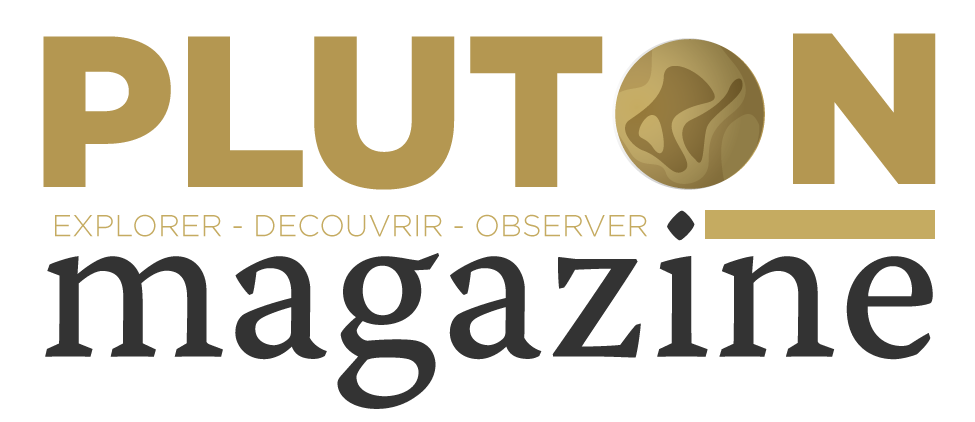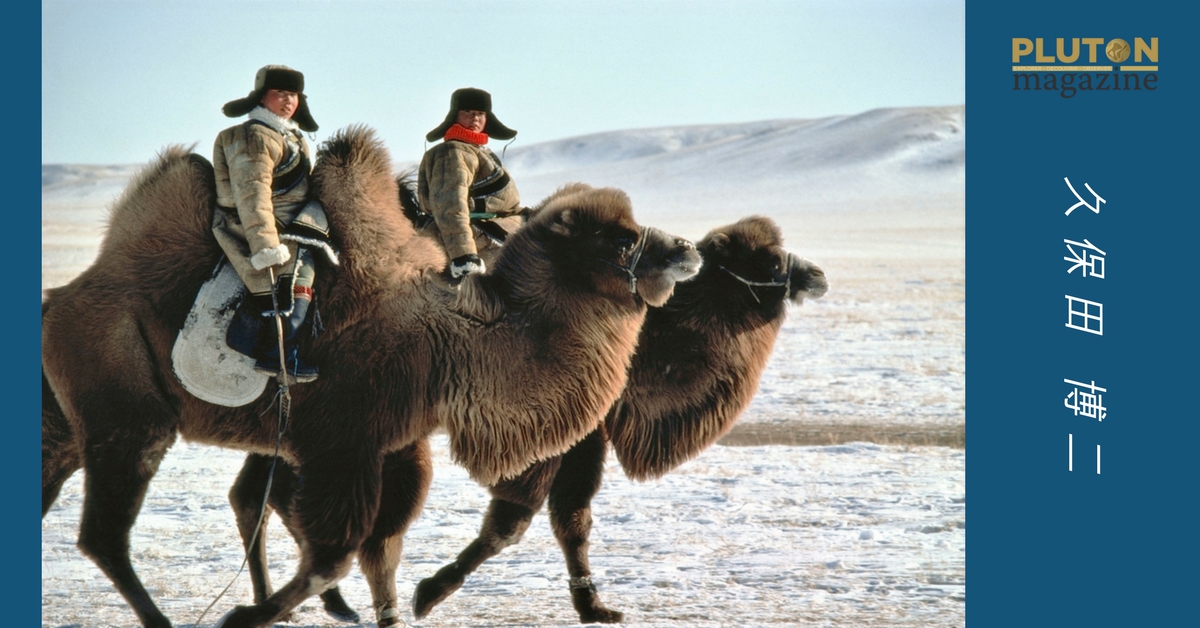By Takeko Fujisawa
Magnum Photos is the first photographic cooperative owned entirely by its photographers-members founded in 1947 by Robert Capa, Henri Cartier-Bresson, David “Chim” Seymour and George Roger. The agency includes around 60 talented and renowned photographers from all over the world.
Amongst them, there are only one full Japanese member : His name is Hiroji Kubota, 78 years old with the energy of a 20-year-old man. He is the first Japanese to have entered Magnum Photos and he’s still the only one. Even though it’s been 55 years he’s taking photographs, he doesn’t like to be called photojournalist neither photographer. He goes by “pensioner”.
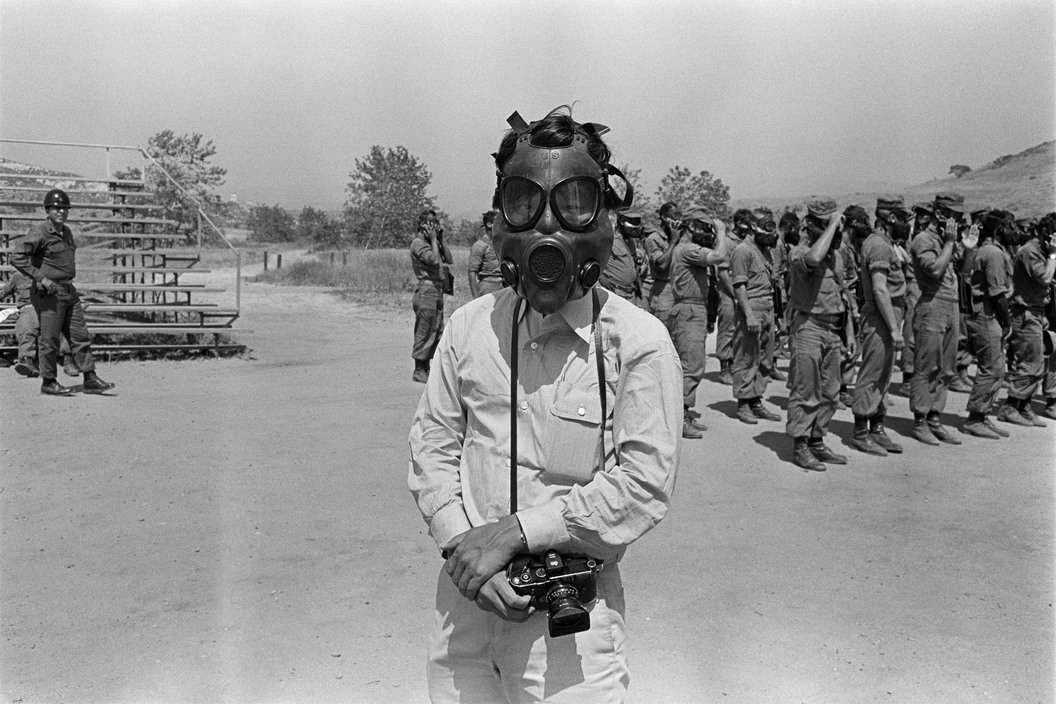

Hiroji started taking photos around 1959. He studied in Waseda University, majored in political science and decided to work on a subject on remote places of Japan. Hiroji borrowed his father’s camera and travelled from the far North to far South of Japan. This project was then published in Bungei Shunju, a monthly Japanese magazine.
His first contact with Magnum was in 1961, when Hiroji temporarily assisted photographers Elliott Erwitt, Burt Glinn, René Burri and Brian Brake who came in Japan. After their stays, as a thank you gift Elliott sent him “Decisive moment” by Henri Cartier-Bresson. “When I saw the pictures, I was so shocked! René gave me his beaten up Leica M3 body and my father bought me used 35mm with 50mm Leica lenses.” he says. “And then, after my graduation in 1962, I decided to move to NY and Erwitt sponsored me. He was always busy and Burt Glynn offered me an assistant position and I earned 25$ a day”, he continues “Cornell Capa didn’t have children so I kind of became his kid. I sympathized with them through my cooking! I was asked to cook when guests were coming at his house.” One of his lifetime changing encounter was with André Kertész. Hiroji met Kertész in 1963 and “I was very much influenced by him and learnt a lot from him”. Kertész was friendly with Magnum members and each time Hiroji would go to the US he would visit him. Hiroji was the 1st witness of Kertész death in 1985.
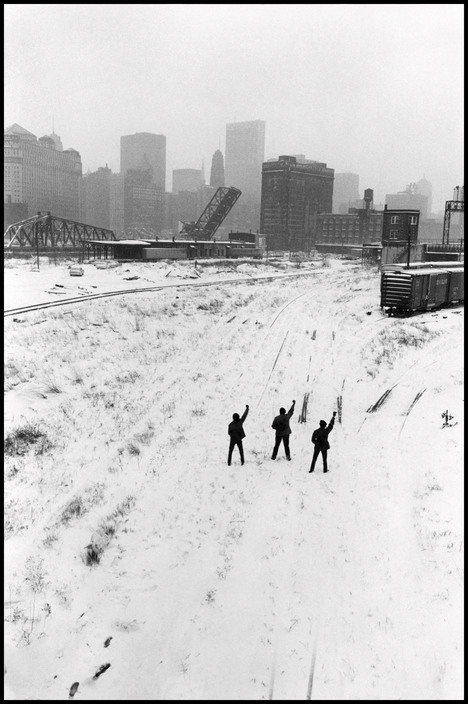

His journey in the US happened to be during the Vietnam war. As a long-term immigrant, he was given the “draft card” by the US government. On René Burri’s advice, Hiroji flew to Vietnam for the first time in 1972. As Hiroji himself lived the WWII, he knew the atrocity of war and he sworn himself not to shoot any dead bodies on his photographs.
In 1965, he got a huge assignment from the Center for Urban Education in Greater NY. “They wanted me to document children with disabilities” Hiroji says. That marked his breakthrough. From then on, he was considered as a Magnum photographer and was given the Magnum press card and even a credit card.
Afterwards, Hiroji received 3 major prizes in Japan between 1970 and 1983.
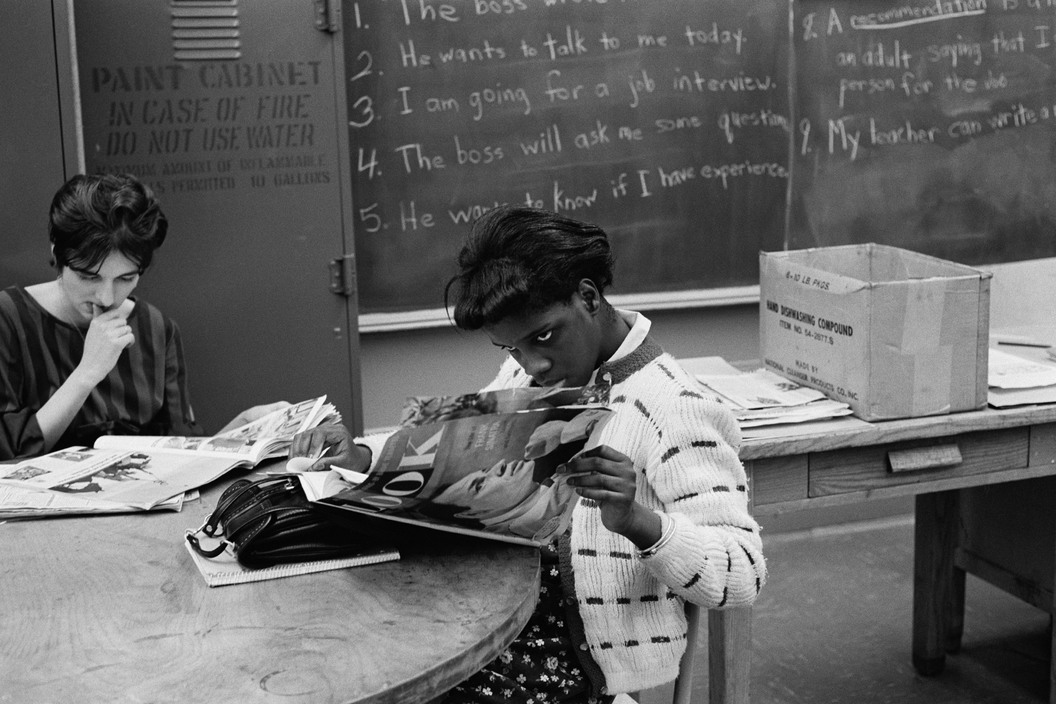

Hiroji is a tireless photographer. He travelled around all the states of the US and all the provinces of China twice. He went to North Korea 22 times which took him 40 years. “I want to see EVERYTHING,”laughs Hiroji. And now he’s prepared to publish a 700-page book on this country. “President Kim Jon Il gave me a medal of honor. It served me well during my stay there when I got into some troubles,” he laughs. “I photographed only places I was allowed to and I didn’t take hidden photographs even if I could if I really wanted to. But this kind of behaviour is dangerous. You cannot build a trusting relationship like that. You know, I am not taking part regarding their politics. I’m trying my best to be as neutral and fair as possible. I am happy to have studied the modern history of China, the Korea peninsula and to have visited the country when I was mature enough. I have experienced enough things to truly appreciate my travel in North Korea and had a better understanding of the world.”
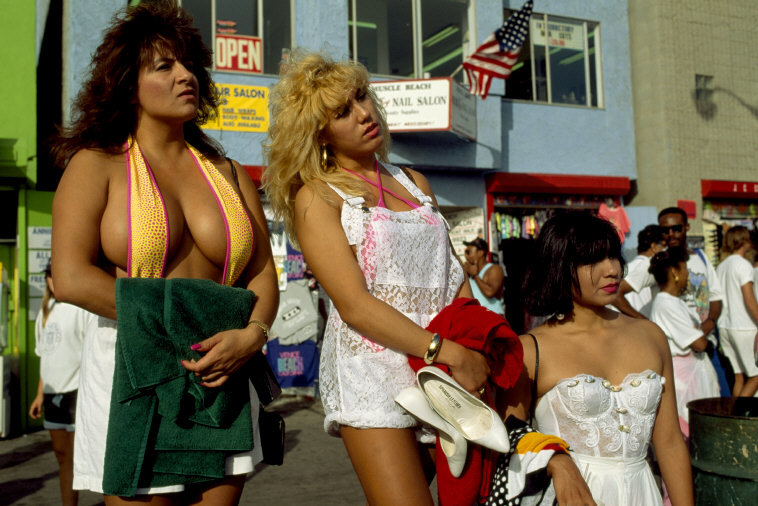

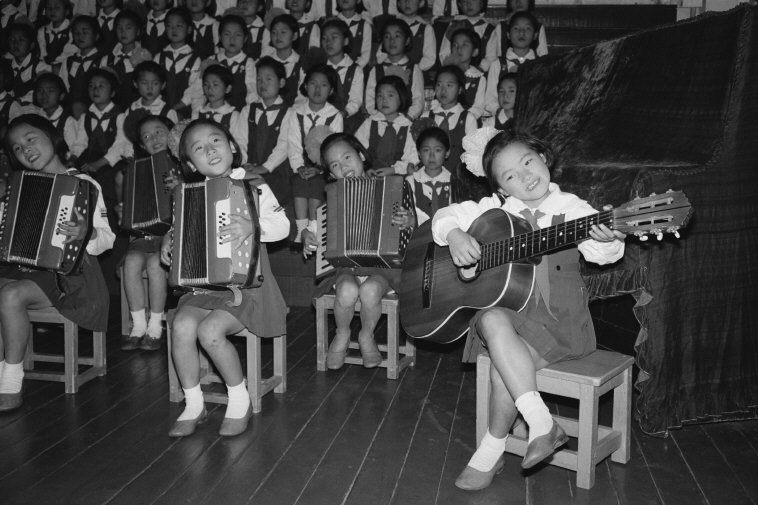

“Taking pictures that give intellectual excitement, landscape or female nude photography are the most difficult. For me, Edward Weston and André Kertezs are the best female nude photographers and they both give me emotion. I learnt to appreciate landscape photography in my project at Guilin. The landscape shapes human life style and the aesthetic perception and so on. Strangely enough, there are not many Magnum photographers who take landscape pictures. In the end, everything is interesting.”
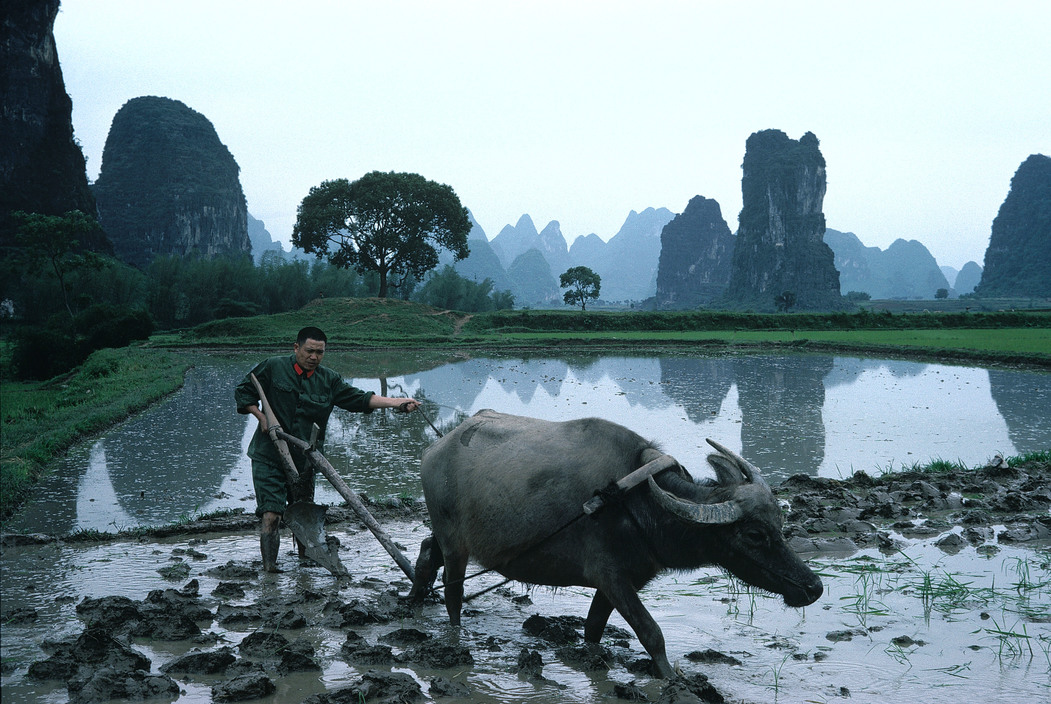

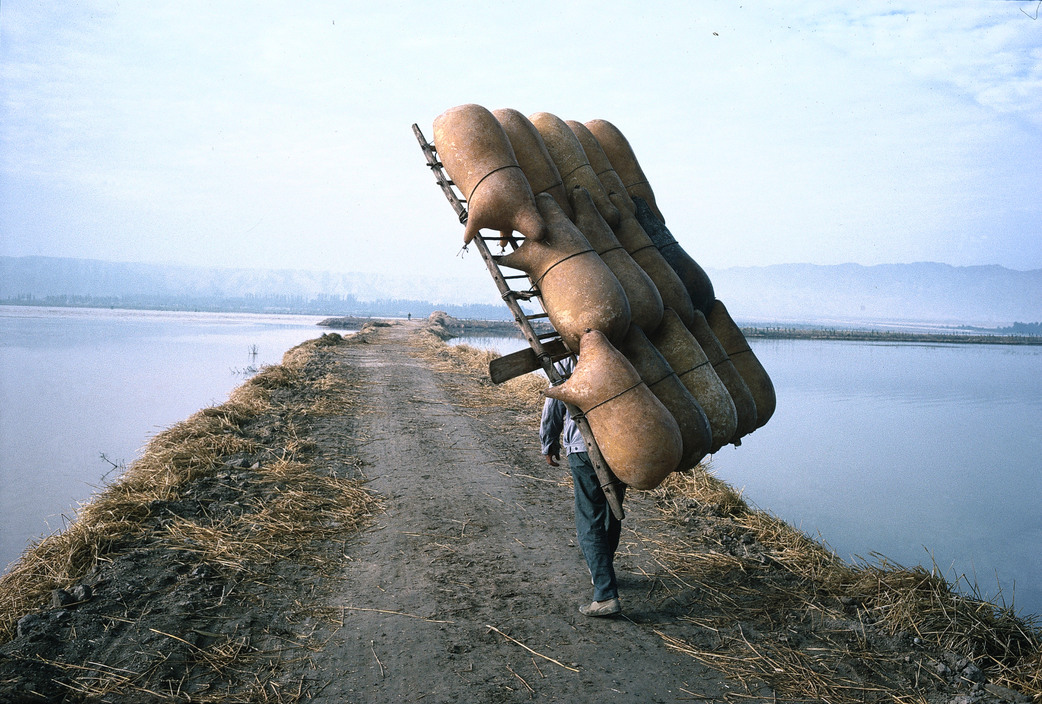

Hiroji is also very meticulous on the quality of his prints. He collaborated with the master of dye-transfer print, Mr. Nino Mondhe in Hamburg and with the platinum print expert Mr. Kubo of Amana-Salto in Tokyo. “I always try to keep in my mind that I am able to get moved by something. So I aim to give the maximum sensation/emotion even with prints too. And I have been trained to decipher good prints from bad ones thanks to many good printers I’ve worked with in the past. And today, not many people can make a good gelatin silver print,” he says.
Since 9.11, he switched to digital because of the airport security with x-rays. “It’s too powerful for the film. And imagine the day they’ll invent something that will burn the memory cards too. We’ll be finished!!,” he says joking. Thanks to digitalization, photography become an easy access to everyone. Everyone is capable of taking pictures. “Photography has a recording capacity and we cannot photograph the past. It is good that everyone can take pictures. Everyone is a photographer today. But willing to give a silent emotion through a photograph is very difficult. I think it is good that people can take photograph but it is very difficult to take a good photograph. The most important values while taking photograph are light and composition. And when I take a person, I like to include something that reflects his/her everyday life. Sun light is the best. But since I’ve switched to digital, I feel my energy and my eyes towards photography have changed a little…, “ says Hiroji nostalgically.
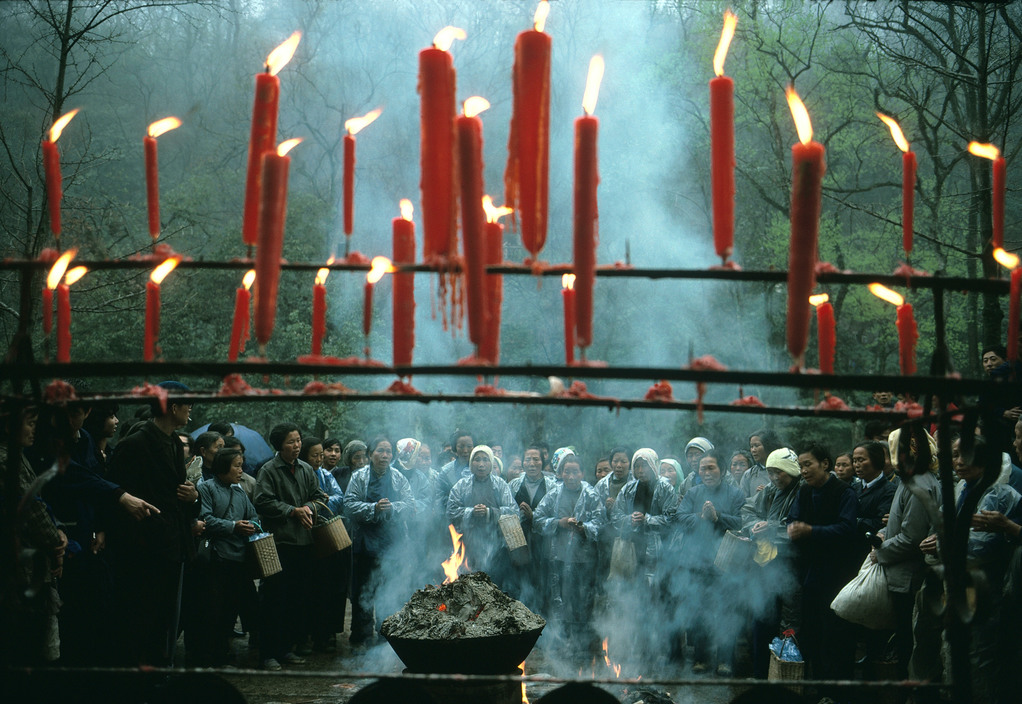

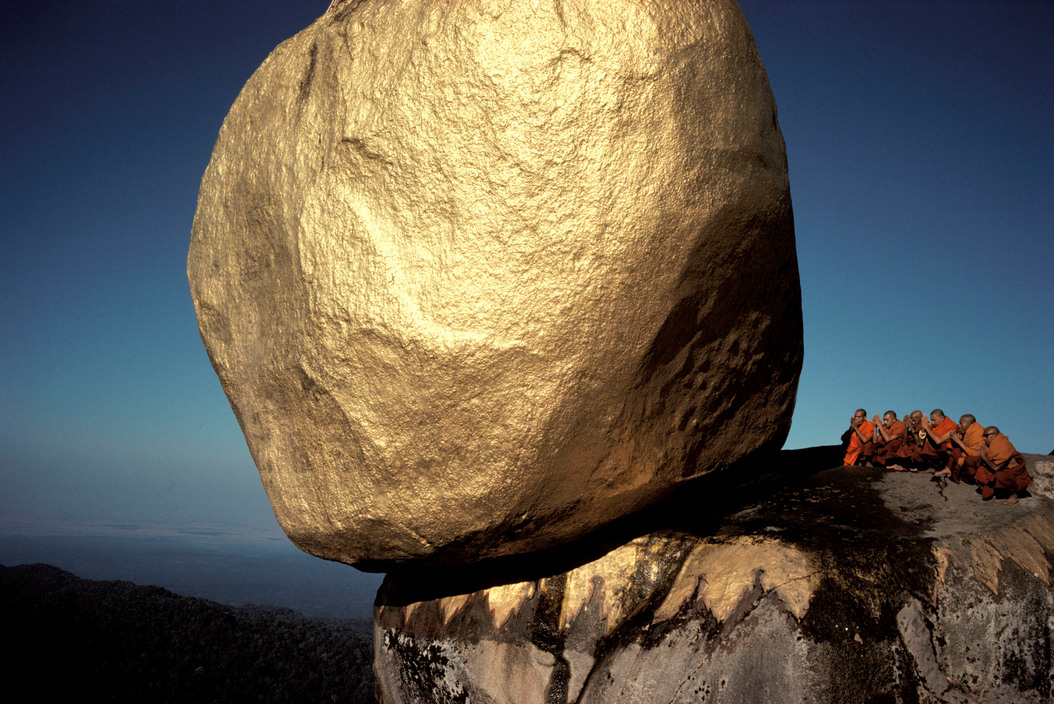

Hiroji is not only a photographer but he’s also a coordinator and a diplomat. He organized in 1968, a 6-photographer exhibition called “Concerned Photographers” which included André Kertézs, David Seymour, Robert Capa, Werner Bischof, D. Wyner and Leonard Freed. It took place in one of the major department store called Matsuya in Ginza, Tokyo. ‘The exhibition was a huge success. To our surprise, all Kertézs’ prints were sold, “ he says.
About the Magnum Photos Tokyo office, Hiroji says “Tokyo office was built because I thought Tokyo is becoming global and so was Magnum. I started it in 1990. It made sense for me to have an office there. At first I thought we’d need quarter-million dollars but it turned out I needed to raise half a million dollar! So, I made a strange Magnum portfolio and managed to sell it and get the money. However, I needed to give a quarter million bucks to the cash staving Magnum NY office. I was happy to be able to help out our important office.”
Hiroji started photography 55 years ago and he still has new projects to do. He wishes to go to Africa, Antarctic, Brazil and another Japan tour. “But by telling my projects I don’t want to get imprisoned with words I say and get frustrated in my creativity. So I don’t like to talk about my future projects even if I know instinctively what I want”, he says.
Hiroji is a long term observer of the changing world. Each one of his project takes years before it finishes. His photographs have been exhibited everywhere in the world: in Tokyo, the Palazzo Vecchio in Florence, the annex of Vienna Belverdere in Vienna, Ecole des Beaux-Arts in Paris, Asia Society in New-York, The Forbidden City in Beijing, the Smithonian Institution in Washington etc.
His retrospective show is currently moving around the world. The next stops will be in Seoul, Mexico, Brazil, Peru and will end in Spring 2020 in Tokyo at the Chanel Nexus Hall.
By Takeko FUJISAWA
Translation by Gotranslate
Pluton-Magazine/2017
Crédit Photos : Hiroji KUBOTA/Magnum Photos
Takeko Fujisawa ( MBA in International Luxury Brand Management at l’ESSEC Business School) and a photographer.
